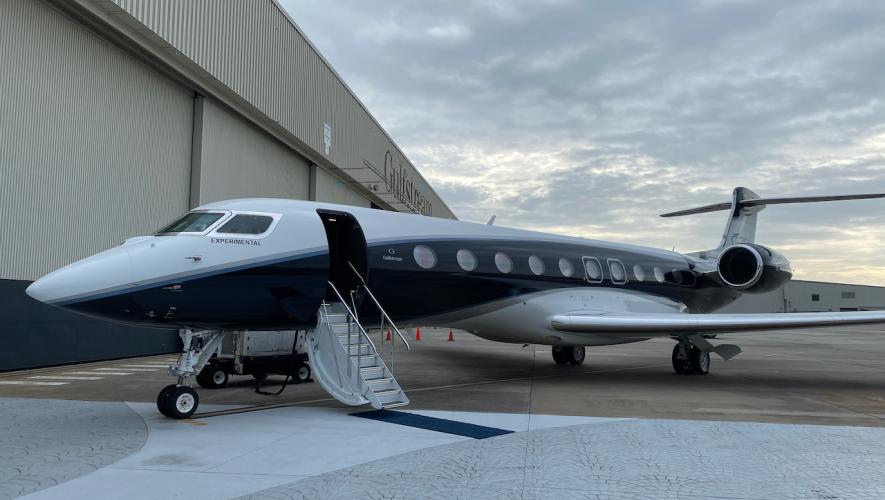Boeing and a trio of Arabian Gulf airlines have set the stage for what could prove one of the most memorable Dubai Air Shows ever, as the parties neared conclusion of negotiations of reported contracts for up to approximately 200 of the new 777X, valued at some $80 billion at list prices. The deals appear likely to effectively launch the project here in Dubai, where executives for Emirates Airline have spent more than two years helping define the ultimate shape of the 350- to 400-seat jet, entry into service of which Boeing has targeted for around 2020. Fellow UAE carrier Etihad stands as another of the Big 3 in the Gulf region likely to participate in the sales bonanza, while Qatar Airways–whose outspoken CEO, Akbar Al Baker, has recently played coy about his intentions–now represents a proverbial wild card.
All the activity surrounding the Dubai show has perhaps overshadowed events back in the U.S., where Boeing machinists rejected a proposed contract extension in return for a commitment to build the 777X in Everett and carbon fiber wing manufacture in the Puget Sound region of Washington state. Last Wednesday 67 percent of members of the International Association of Machinists and Aerospace Workers (IAM) District 751 voted to reject the proposed eight-year contract extension through 2024, which would have replaced their pension accruals in 2016 with a company-funded retirement savings plan.
“Today, the democratic process worked and our members made the decision to not accept the company’s proposal,” said Tom Wroblewski, District 751 directing business representative. “We preserved something sacred by rejecting the Boeing proposal. We’ve held on to our pensions and that’s big. At a time when financial planners are talking about a ‘retirement crisis’ in America, we have preserved a tool that will help our members retire with more comfort and dignity.”
Here in Dubai, Boeing Commercial Airplanes CEO Ray Conner insisted that Boeing offered a fair proposal and that the company “has no plans” to return to the bargaining table. In terms of location of 777X final assembly, Conner wouldn’t rule out any possibility.
Conner also denied that any desire to accelerate the timing of entry into service influenced what appeared as urgency to reach a deal. “Going into this vote was not being driven by a need to accelerate this airplane,” said Conner. “The timing of this airplane hasn’t changed. The reason we were looking to more forward with the negotiations was because we’ve got to put brick and mortar in place. So we have to make some decisions on where we’re going to be long term. It’s a pretty long cycle because, particularly with the wing it’s not something we’ve done before in the Puget Sound region or anywhere else, except for over in Japan [at Mitsubishi Heavy Industries].”
In fact, Conner wouldn’t discount suggestions that 777X wing production could go to Japan, alongside that of the 787’s wing, calling it “a good thought.”
“We’re going to look very broadly,” he said, adding that the list of possibilities still includes the Puget Sound region. Considerations in the U.S., of course, include tax incentives offered by various states, said Conner. Abroad, they involve primarily manufacturing capacity and capability.
Whatever the outcome of the search for manufacturing sites, Conner pledged that the plan to gain certification by the end of the decade won’t change and that its potential customers in the Middle East haven’t expressed any concern about Boeing’s union problems. “What’s happened with the IAM is not going to impact anything we do with respect to our customers,” he said. “We are going to execute our plan, whether it’s built in the Puget Sound or anywhere else.”







